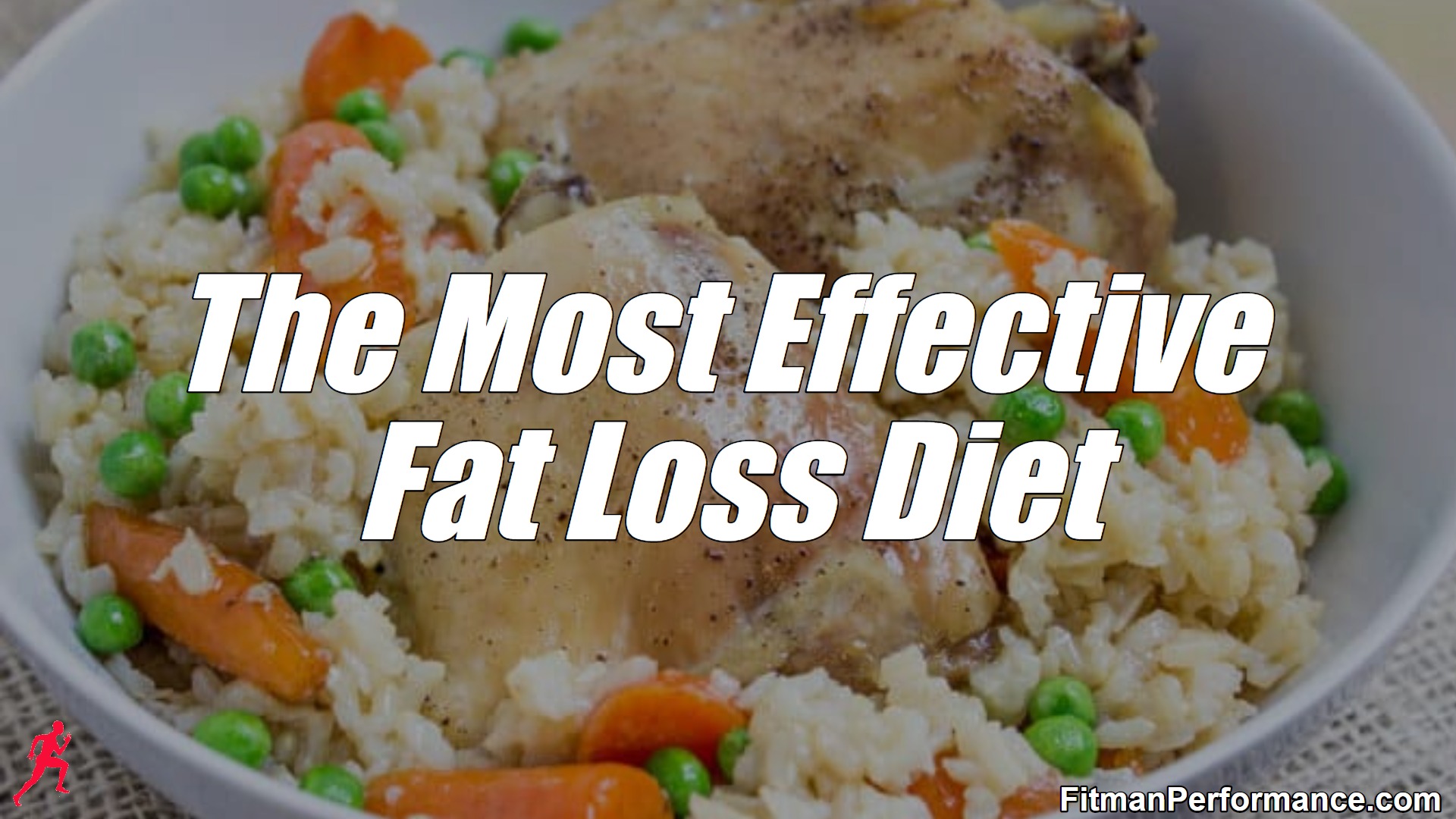Many lifters, athletes, and trainees fall under the powerful spell of specific types of dieting especially when it comes to a fat loss diet.
Some lifters say the ketogenic diet (Gironda, Atkins, or South Beach) is the only way to lose fat.
Some lifters say that the low fat diet is the only way to eliminate body fat.
You even have lifters who say that the most effective ways to lose fat are using the carnivore diet or even the vegan diet.
The truth of the matter is this: the fat loss diet you use will not work without a caloric deficit and the properly lined up macronutrients.
The Trick
Many lifters love fat loss diets because when they initially start them they see fast results.
For example if you are currently overeating and change over to a ketogenic diet, you will definitely lose weight fast during the first week.
The average lifter then thinks the diet is responsible for their weight loss.
The reason that the diet worked was not because the diet is some magical way of eating.
The reason that this ketogenic diet worked for you is because you eliminated all of the carbs. And when you removed the carbs, you removed a lot of calories.
This action automatically reduces your overall caloric input which leads to the weight loss.
But when you do the drastic caloric drop at the beginning of your fat loss phase, you have nowhere to go when you eventually stagnate.
Fat loss is a gradual process. If it took you 5 years to add 50lbs of bad weight to your frame, you cannot expect to instantly lose it.
You Can Do It All
You do not have to eliminate carbs or fats to get lean.
There are two things you must do to get rid of body fat and retain your muscle mass when you are dieting. They are:
1) Lower Your Overall Calories
If you were on the ketogenic diet, but you were still eating in a caloric surplus then guess what? You will not lose the body fat that you want to.
If you were on the low fat diet, but you were still eating in a caloric surplus then guess what? You will be gaining fat instead of losing it.
And if you were eating a vegan diet, but you were still eating in a caloric then surplus guess what? You will still be adding fat to your gut instead of dropping it like a bad habit.
You have to adhere to the rule of reducing your calories enough so that you are in a slight caloric deficit.
The magic is not in the ketogenic, low fat, or vegan diet. The magic is in the amount of total calories you eat.
And while being in a caloric deficit is very important, this does not mean you can eat whatever you want.
You will absolutely lose weight while in a caloric deficit.
The weight loss will occur even if you were eating at the Golden Arches everyday like Morgan Spurlock. That is the power of the deficit.
But the deficit is not the Infinity Gauntlet. Eating low quality, high carb/high fat/low protein foods will have your body looking and feeling like straight garbage.
2) Get Your Macros In Order
Some lifters think that the caloric deficit is the end all be all.
They cut calories hard and while they lose weight, they look flabby and sick at the end of the diet.
This will always happen when your diet is high in carbs and fat and low in protein.
Your calories matter, but your macros matter too.
The macro splits I use for the best results are:
Standard Split (higher in protein)
40% Protein
30% Carbs
30% Fats
Standard Split (higher in carbs)
40% Carbs
30% Protein
30% Fats
Athlete Split
40% Carbs
40% Protein
20% Fats
High Protein Split
45-50% Protein
30-35% Carbs
15-25% Fats
High Carb/Low Fat Split
45-50% Carbs
35-40% Protein
15-20% Fats
Low Carb/High Fat Split
45-50% Fats
35-40% Protein
15-20% Carbs
How To Calculate Your Macros
Sample Macro Calculation Formula For The Standard Split
2000 Calories
Protein is 2000 x .4 = 800 calories / 4 = 200 grams of protein
Carbs is 2000 x .3 = 600 calories / 4 = 150 grams of carbs
Fats is 2000 x .3 = 600 calories / 9 = 67 grams of fat
Notes:
• I am the ultimate proponent of carb/calorie cycling. I use all the options above in cyclical fashion.
• No one option is superior to the others but all the options have their own time and place during a fat loss diet.
• These are general numbers. I adjust the numbers based on the individual athlete or bodybuilder’s goals.
• 1 gram of protein and carbs are equivalent to 4 calories. 1 gram of fat is equivalent to 9 calories.
• The formula for determining how many grams of carbs, protein, or fat that you need is: calories X the percentage / 4 or 9.
Conclusion
How much you eat and what you eat matters big time when you are on a specific fat loss diet.
If you eat whatever you want and as much as you want you will get exactly what you deserve: a bad body.
Success requires sacrifice.
I’ll holla at you next time.
The People’s Trainer
Fitman



